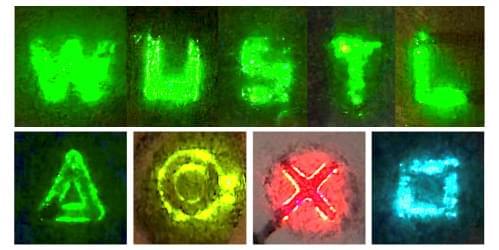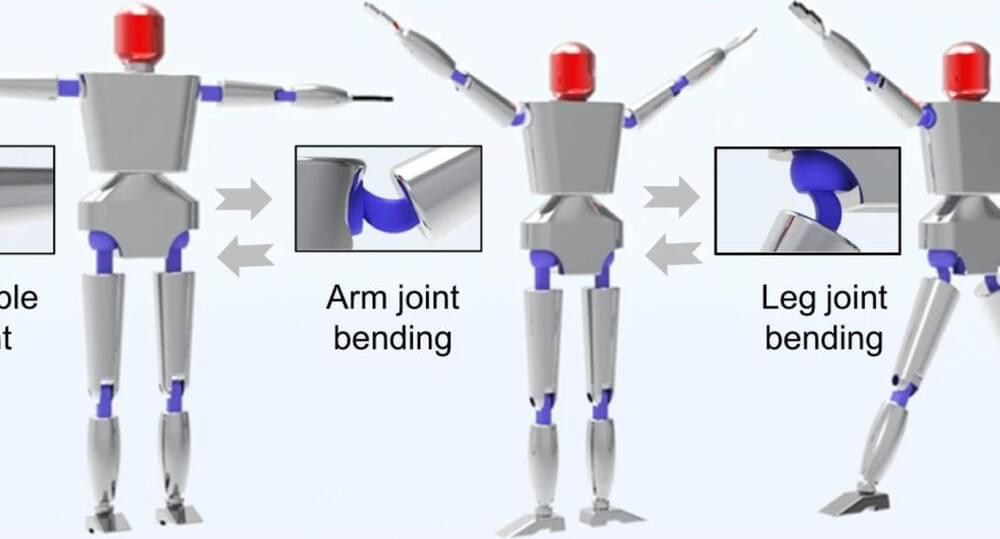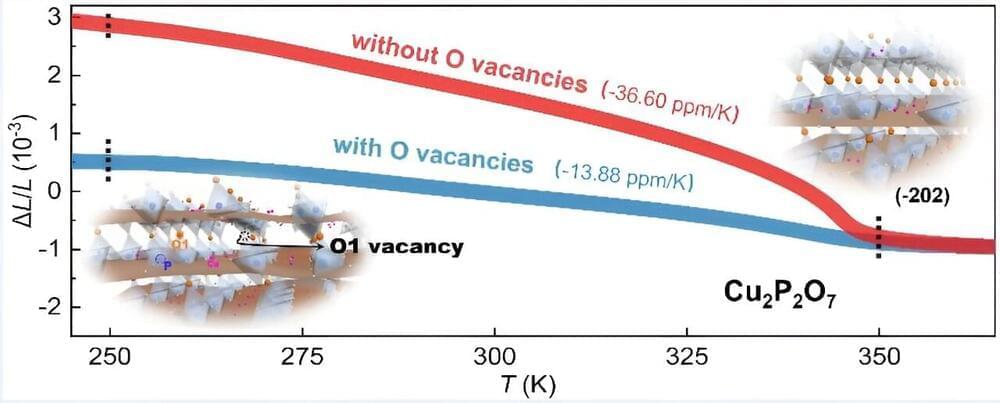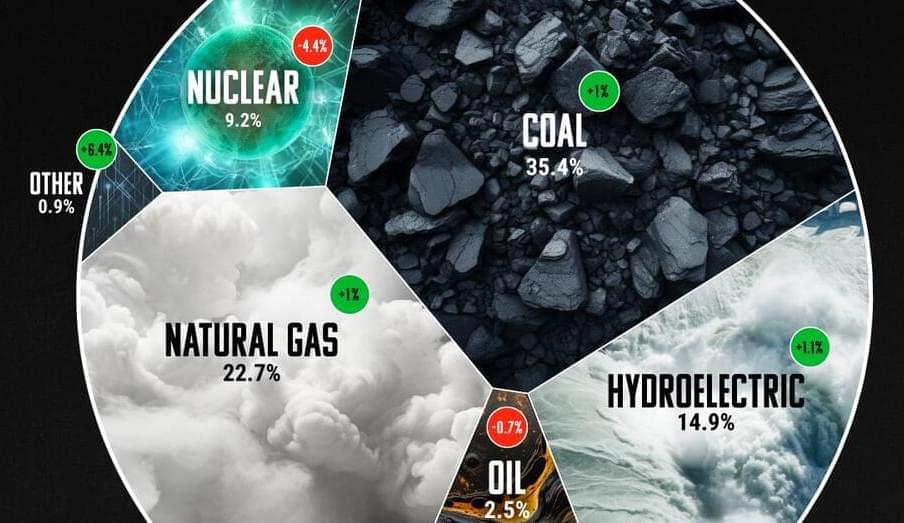Sep 17, 2023
Handwritten LEDs Light Up the Page
Posted by Saúl Morales Rodriguéz in categories: energy, materials
Using a ballpoint pen filled with specially formulated inks, scientists have designed LEDs that can be drawn on everyday materials.
Even in our digital age, ballpoint pens are an irreplaceable tool for writing down flashes of inspiration or signing legally binding documents. The ink flowing through these everyday objects has always been a passive absorber of light, but Junyi Zhao from Washington University in St. Louis and colleagues have now changed that [1]. The team has designed a ballpoint pen that writes with ink that produces light as a light emitting diode (LED).
LEDs are used in everything from TV screens to lightbulbs. They are often made using highly tunable semiconducting materials called halide perovskites. However, these devices have traditionally been time and energy intensive to fabricate, and they do not easily adhere to nonuniform substrates, such as fabric and plastic.


















